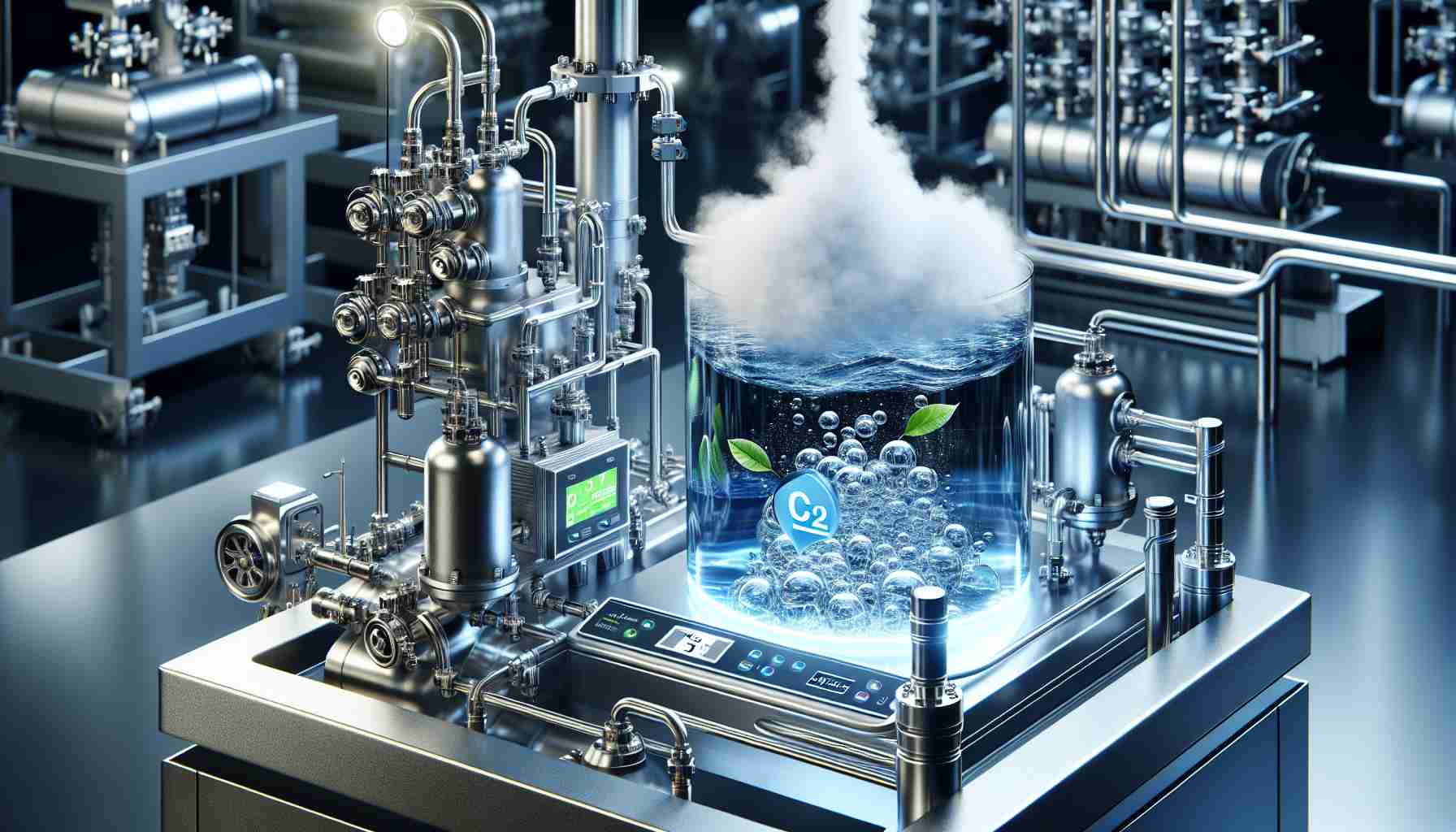Researchers from Hong Kong Polytechnic University, the University of Oxford, and the National Center for Radiation Research have invented a new membrane-electrode system that enables stable electrocatalytic reduction of carbon dioxide (CO2) using pure water. This innovative technology could contribute to reducing greenhouse gas emissions by converting CO2 into useful chemicals and raw materials.
Previous CO2 reduction methods had certain limitations, including poor long-term durability. Therefore, scientists decided to create a new electrocatalysis system that would allow for long-lasting operation without issues.
“Our society largely relies on fossil fuels, but the CO2 emitted by them poses a serious threat to the climate,” says Shu Ping Lau, co-author of the article. “We want to use electrocatalytic CO2 reduction technology (ECO2R) to reintroduce large amounts of CO2 into the carbon cycle and thereby counteract climate change. Unfortunately, previous research has shown that the durability of the ECO2R system is a significant challenge, and existing solutions cannot last longer than 200 hours in ethylene (C2H4) production.”
As part of their research, scientists developed an electrolysis architecture that allows for a recyclable cathodic environment without the involvement of alkali metal ions. This system, called APMA MEA, uses pure water as the anolyte.
“In our APMA MEA ECO2R system, we have successfully designed a recyclable cathodic environment in which CO2 reacts with water to form ethylene (C2H4) and hydroxyl ions on the cathode, while water is oxidized to oxygen (O2) and protons (H+) on the anode. The resulting hydroxyl ions and protons combine to form pure water inside the membrane,” explains Lau.
The new technology for CO2 purification using pure water could be a breakthrough in the fight against CO2 emissions and help create new applications for this gas. It paves the way for a more sustainable future, where greenhouse gases are no longer treated as waste but as valuable resources for chemical and material production.
FAQ Section based on the main topics and information presented in the article:
1. What is the innovative technology developed by the researchers?
Answer: The researchers have developed a new membrane-electrode system that enables stable electrocatalytic reduction of carbon dioxide (CO2) using pure water.
2. What were the limitations of previous CO2 reduction methods?
Answer: Previous CO2 reduction methods had certain limitations, including poor long-term durability.
3. Why did the researchers decide to create a new electrocatalysis system?
Answer: The scientists decided to create a new electrocatalysis system to enable long-lasting operation without issues.
4. What role does electrocatalytic CO2 reduction technology (ECO2R) play?
Answer: ECO2R technology aims to reintroduce large amounts of CO2 back into the carbon cycle and counteract climate change.
5. What is the new solution developed by the researchers?
Answer: The researchers developed an electrolysis system called APMA MEA, which enables CO2 purification using pure water.
6. How does the APMA MEA ECO2R system work?
Answer: The APMA MEA ECO2R system allows for the reaction of CO2 with water, producing ethylene and hydroxyl ions on the cathode, while water is oxidized to oxygen and protons on the anode. The resulting hydroxyl ions and protons combine to form pure water inside the membrane.
7. How can the new CO2 purification technology contribute to creating applications for this gas?
Answer: The new CO2 purification technology using pure water can contribute to creating new applications for this gas, such as chemical and material production, which can contribute to a more sustainable future.
Definitions of key terms or jargon used in the article:
– Electrocatalytic reduction of CO2 (ECO2R): A chemical process that involves the reduction of carbon dioxide using electrocatalysis.
– Membrane-electrode: Relating to a system where the membrane and electrodes play a crucial role in electrochemical processes.
Suggested related links to the main domain (not subpages) in link format:
– Hong Kong Polytechnic University
– University of Oxford
– National Center for Radiation Research
The source of the article is from the blog trebujena.net
